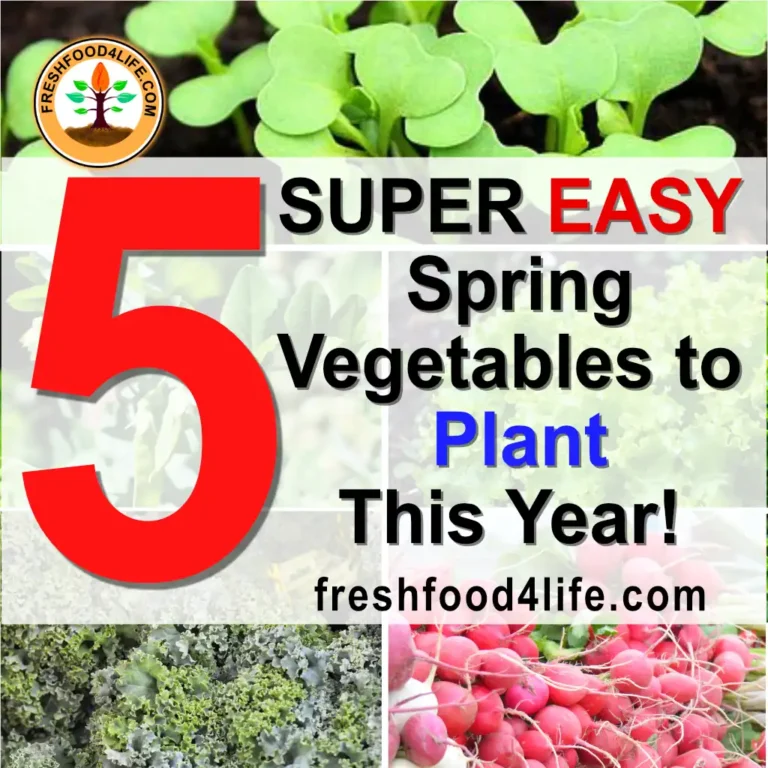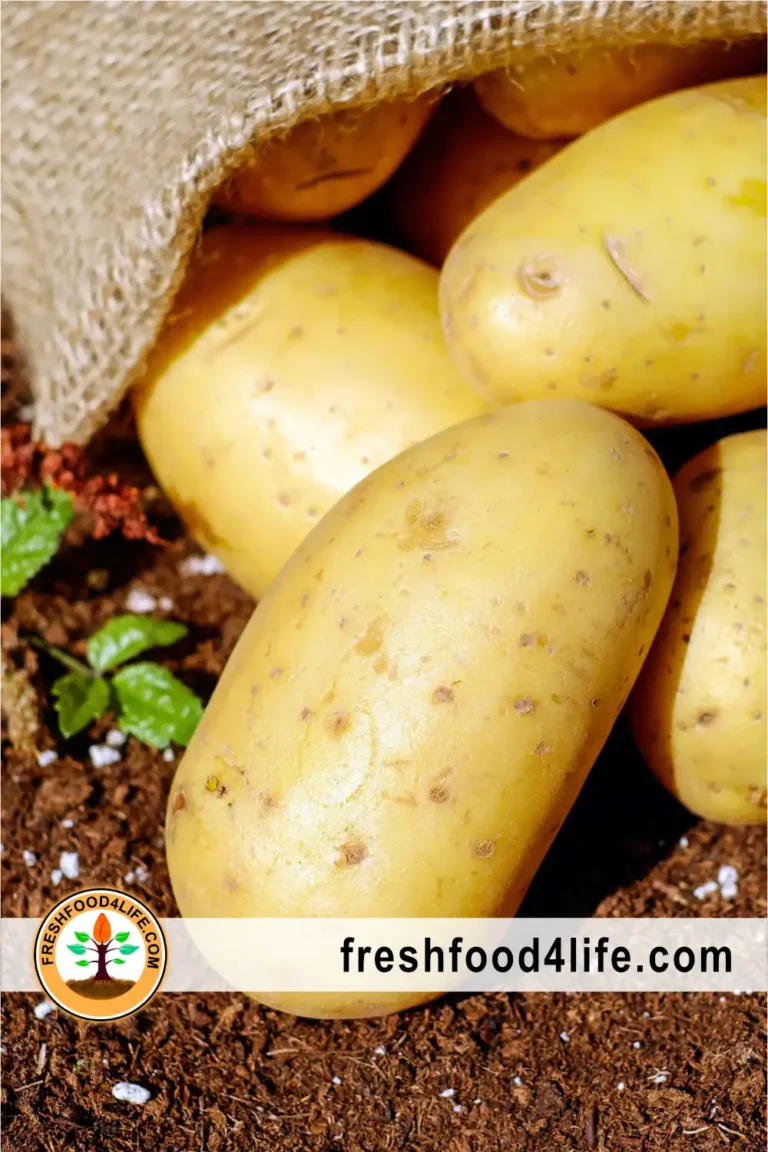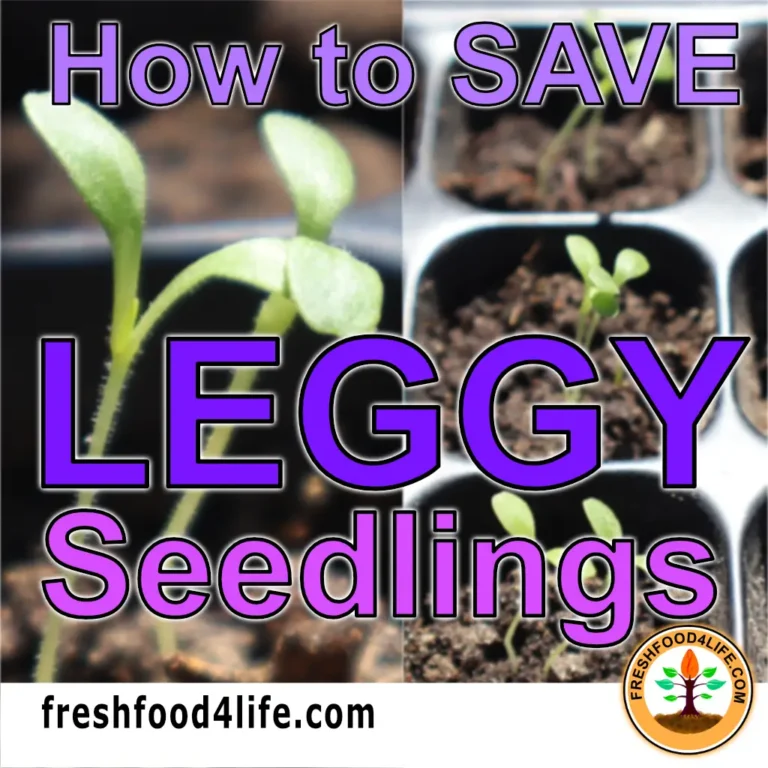Published: January 3, 2025 Last Updated: January 10, 2025
Most gardeners will encounter frost some point in the year, and frost can wreak havoc on plants, causing damage to leaves, stems, and even roots. This article provides essential, proven strategies to protect plants from frost, ensuring their survival. All of these methods I’ve tested in zone 3 to confirm they work, so if it works for me in the Canadian cold, it’ll work for you. Let’s dive in.
Table of Contents
Old Blankets, Sheets & Plastic
Old blankets and sheets are my number one go to way to protect plants from frost. You should have a few on hand, but if you need more, a local thrift shop should have some for a few bucks. If the weather is predicted to rain or snow, covering the blankets with a tarp will keep them dry.
For plants that grow on a trellis, you want to build a hoop to drape the blankets over. Comforters and polyester-made sheets work extremely well to keep the heat. Blankets and sheets also work great to cover small shrubs and trees, since they’re big. This method will work to keep your plants safe from light freeze. For hard freeze, you’ll want to use many blankets. You don’t want to use tarps as they don’t work as well, but you can use greenhouse plastic.
Buckets Or Containers

If you don’t have a lot of plants to cover, buckets, and containers, work great. Buckets are great to cover taller plants like potatoes and tomatoes in the early spring. Another great thing about using buckets is that it’s easy to get out and cover your plants. You can also use recycled containers, like milk jugs, and water bottles. This method will work to keep light frost at bay. If you’re expecting a hard frost, use the containers and cover them with straw or with a blanket.
Straw Mulch
Straw mulch is excellent for covering plants that are low down to the ground. They’re also one of my favourite ways to cover my potato plants in the early spring. A thick layer of straw acts as insulation, protecting the plants from frost. It helps to trap heat from the soil and prevents cold air from reaching the plant. When the frost has passed, you can remove the straw.
For my potatoes, I like to leave the straw on and the potatoes will come up through it. The straw will become mulch, so no weeds will grow. If you’re in the fall, you can use 6 inches to 1 foot of straw to cover root crops. Other mulches you can use are leaves, grass clippings, and wood chips. They all work really well.
Frost Blankets

Frost blankets are easy to pull out when you need. They are made specifically for frost protection. Frost blankets create a microclimate inside while keeping the cold out. They’re lightweight, white, and the great thing about frost blankets is that it keeps snow and wind out. They’re best used in early spring to cover crops that are low to the ground. You can make a few hoops out of branches and throw the frost blanket on for taller crops. Frost covers can also keep birds and pest from eating your plants.
Bring Them Indoors
Sometimes the simplest thing you can do to protect plants from frost is to bring them in. If you’re a container gardener, you can bring your plants in on chilly nights and then bring them out when the weather warms up again. If the plants you’re bringing in are tropical plants, keep them indoors near a bright window. You can bring back out container plants like peppers, tomatoes, lettuce, etc, once the frost has passed.
Other Preventative Tips
Other useful tips to protect plants from frost include:
Using hot water bottles: On the freezing nights, I like to fill 500 ml to 4 litre water bottles up with hot water and put them under blankets and frost covers, to release heat. With many layers of blankets, a few bottles of hot water will keep the plants toasty.
Checking the weather forecast: Checking the weather forecast will be a big help in knowing when the frost will set. Also, knowing your last and first frost date will help too. You can use this quick location search to know when your frost dates are. A good way to tell when a frost may come, from my experience, is after a chilly day with rain, or if the night sky is clear with no cloud cover.
Watering before frost sets in: Watering your plant will help stop frost because water releases heat when the water starts to freeze. A lot more water in the soil will also prolong the time your plants will stay alive.
Protecting Plants From Frosts In The Future
Create Cold Frames

Creating cold frames is a great way to extend your growing season longer. You can create a simple one with just glass, or create a hotbed, or insulate the cold frame to keep even more heat in. The image above is one that we made, and you can add foam insulation around the bed to allow your plants to grow longer.
Grow Cold Hardy Vegetables In Early Spring And Fall
Before rushing into starting your summer crops in the spring, try starting off with cold, hardy vegetables. In mid-late summer (depending on the time-frame) you can start those same vegetables and some may last well into the snow with some frost protection. We’ve written an entire article on cold hardy vegetables you can grow. Click here to read it.
What Temperatures Cause Frost Damage To Vegetables?

Different vegetables and fruits are more freeze tolerant than others. Below is a chart I made that shows you which one is hardier and to what degree.
Download Link: https://freshfood4life.com/frost-resistance-of-vegetables

Final Thoughts
As the seasons change and temperatures drop, it’s crucial to remember the importance of protecting your plants from frost. By preparing for the frost with the right supplies, you can extend your growing season for a few more weeks. If you live in zone 6 and above, you can grow winter greens throughout the winter with a few protective coverings. These preventative measures not only safeguard your plants’ health but also ensure their continued growth and vibrancy. One more thing, if you learn something from this article, please share it around.




